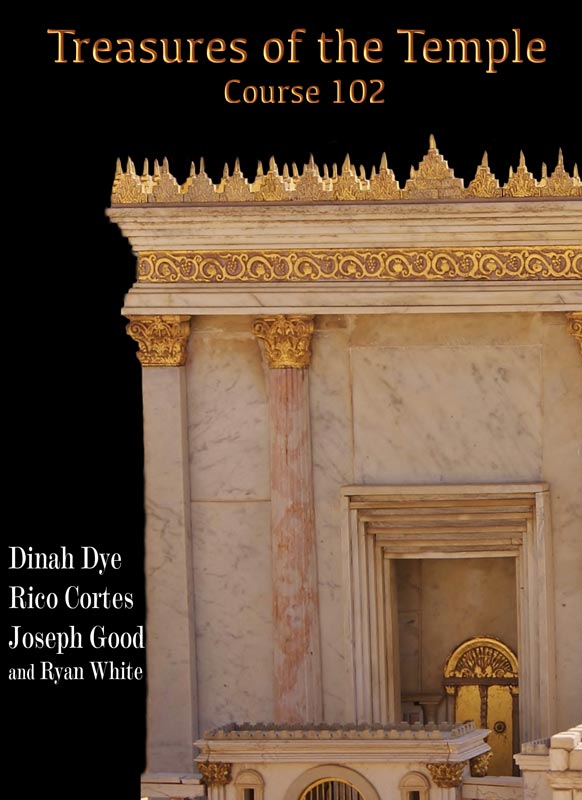

For another review, see MAA Reviews.įrank J. These are pages from that book:įukagawa Hidetoshi and Tony Rothman, Sacred Mathematics: Japanese Temple Geometry, Princeton University Press, New Jersey, 2008.Įditor’s note: Frank Swetz's review of Sacred Mathematics appeared in Convergence in 2008. The first collection of sangaku were published by the Japanese mathematician Fujita Kagen (1765-1821) in his Shinpeki Sanpo ( Sacred Mathematics) in 1789. It is advised to use the traditional Japanese value of π = 3.16 to solve this problem. Here, D is the perpendicular distance from the upper and lower vertices of the rhombus to the sides of the circumscribing square. Console: Nintendo Switch Date de publication. The side of the rhombus b is the same length as the distance between the two horizontal lines drawn in the square. We have one circle inscribed in the outer square, a rhombus, two larger circles of radius R, and two smaller circles of radius r. The first problem on the right side is translated as follows : Hojiroya Shōeman hung the sangaku above at the Sugrawara Tenman shrine of Ueno City in 1854. This problem was posed by Hosaka Nobuyoshi in 1800. Call the lowest side of the smallest trapezoid k. Divide the area of the trapezoid into n small trapezoids of equal area. The third problem from the right in translation and modern notation reads as follows :Ī trapezoid has lower side b, upper side a, and height h. The sangaku above was hung in 1800 in the Mizuho Shrine in the town of Shimotakaigum. Interested readers are urged to consult Sacred Mathematics for further information. It is through the courtesy of these authors that the following images and problem translations are presented. In their book, Sacred Mathematics, Fukagawa Hidetoshi and Tony Rothman presented a history and collection of these problems. In each chamber, you will have to discover a path that gets you to all the gold and then back towards.

These sets of challenge problems were called sangaku. Treasure Temples offers over 140 handcrafted levels. Challenge problems were often carved on wooden plaques, like the ones below, and hung in temples and shrines for others to solve. Mathematical problem posing and solving was popular in Japan during the Endo Period (1603-1861). Near the tree, we erect a small stick 1.5 syaku tall and measure its shadow to be 0.5 syaku long. We want to measure the height of a tree whose shadow is 15 syaku long. A similar problem is given in the 1627 edition: The scene depicts two woodsmen, each using his own method to obtain the height of the tree. This image and the following images are provided through the courtesy of Fukagawa Hidetoshi and Tony Rothman and appear in their book, Sacred Mathematics: Japanese Temple Geometry (2008).Ībove: A soroban (abacus) exercise from an 1818 edition of Jink ō -kiĪbove: Illustration from the 1818 Jink ō -ki, which in its text asks the reader to supply two methods for determining the height of a tree: using trigonometry or using a stick of known length and similar triangles. Quite literally, as ancient floor tiles crumble away behind you with.
#Treasure temples series#
The illustration above, a woodcut print, is from a 1715 edition of Jink ō -ki intended for merchants, and promotes the use of an abacus, or soroban, in tallying merchandise. Treasure Temples Entrance Hall 10 Solution: About Treasure Temples Game: Two young adventurers have discovered a series of ancient treasure chambers, hidden deep beneath the snow of Antarctica It’s up to you to guide them in this puzzle adventure where every step matters. Editions and variations of this work were published for the next three centuries. Its contents focused on the use of algorithmic computational procedures in the solution of problems from daily life. The earliest known indigenous Japanese mathematical work, Jink ō -ki ( Large and Small Numbers), appeared in 1627. All that glittering gold seems to have caught the eye of something quite large, lurking just beneath the water's surface.Formal mathematics in early Japan was adopted from Chinese sources, particularly the Chinese Jiuzhang suanshu ( Nine Chapters on the Mathematical Art). The collapsing floor tiles form the major obstacle to achieving this goal, but as you progress, you will also have to deal with deadly traps, ancient guardians and possibly more. Quite literally, as ancient floor tiles crumble away behind you with every step you take!In each chamber, you will have to discover a path that gets you to all the gold and then back toward the exit safely. Two young adventurers have discovered a series of ancient treasure chambers, hidden deep beneath the snow of Antarctica! It's up to you to guide them in this puzzle adventure where every step matters.


 0 kommentar(er)
0 kommentar(er)
